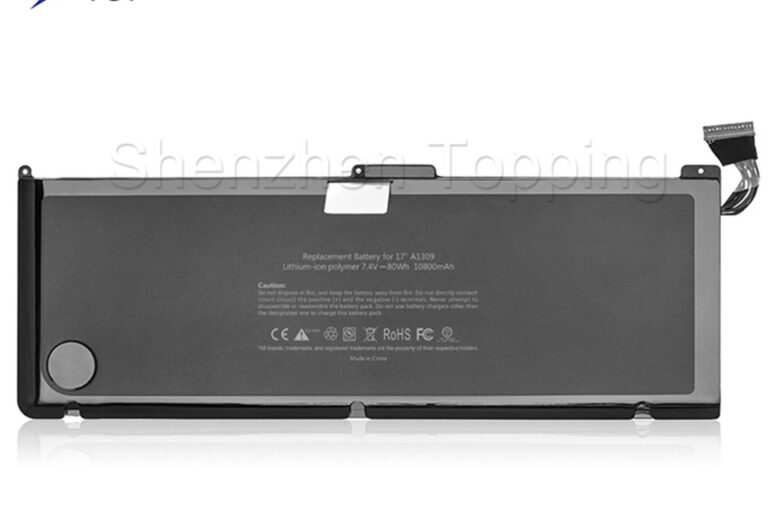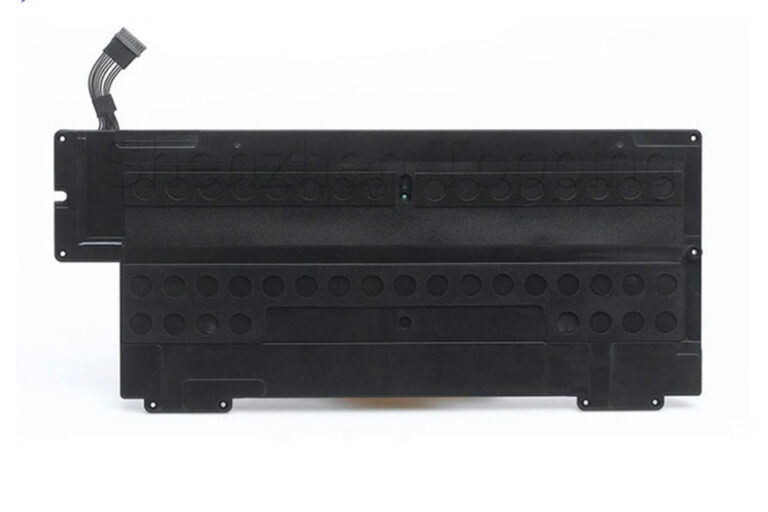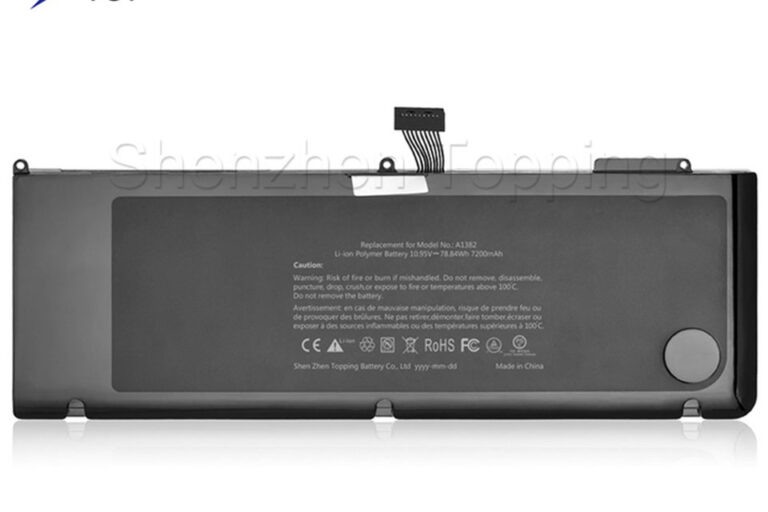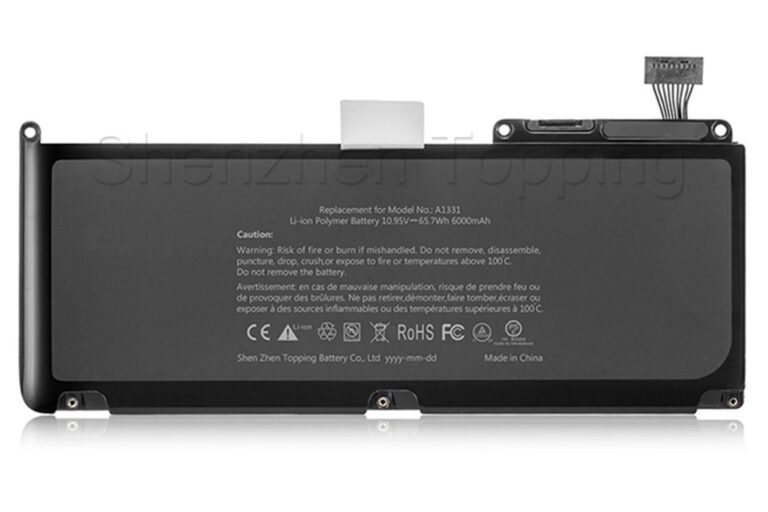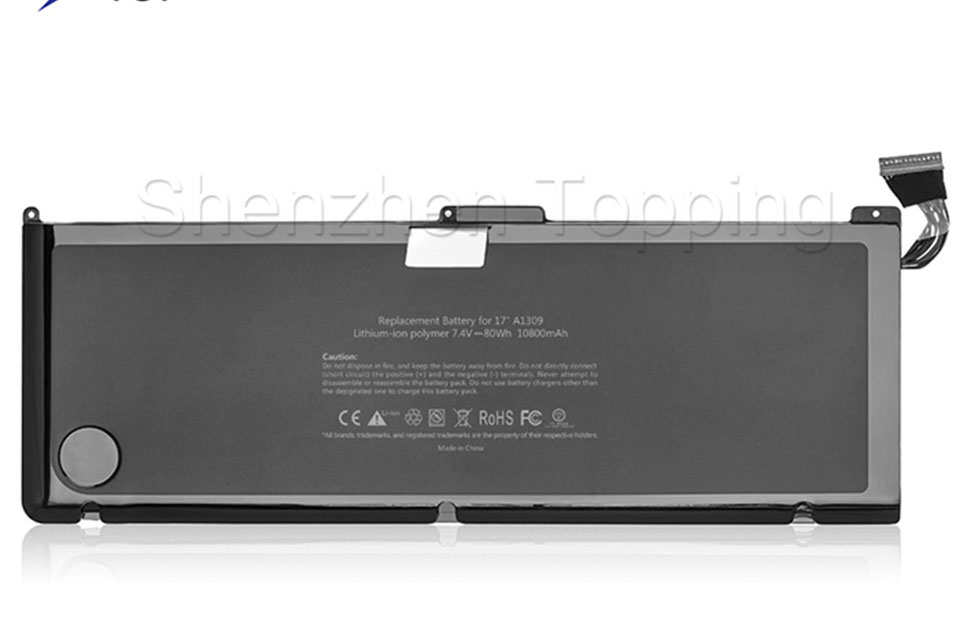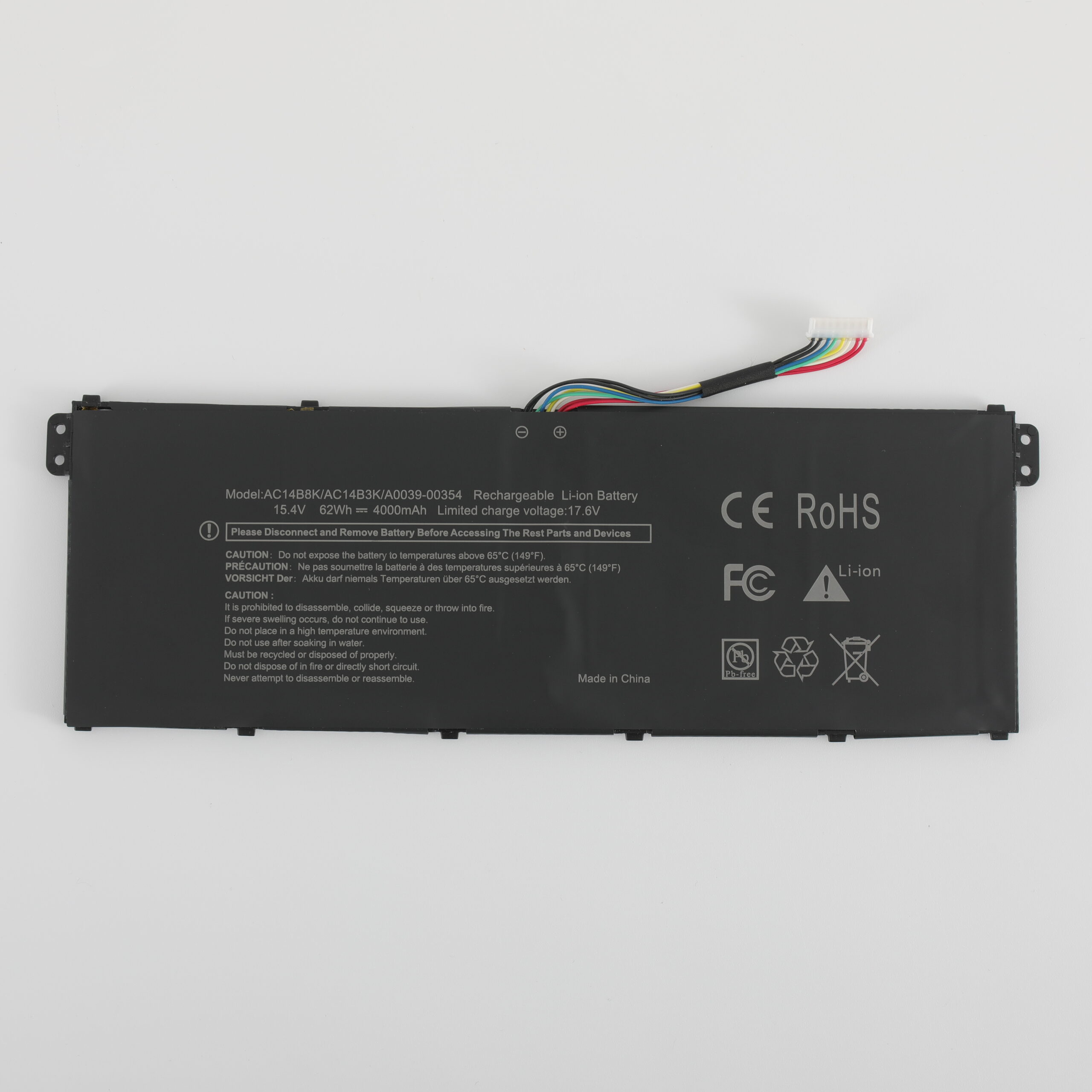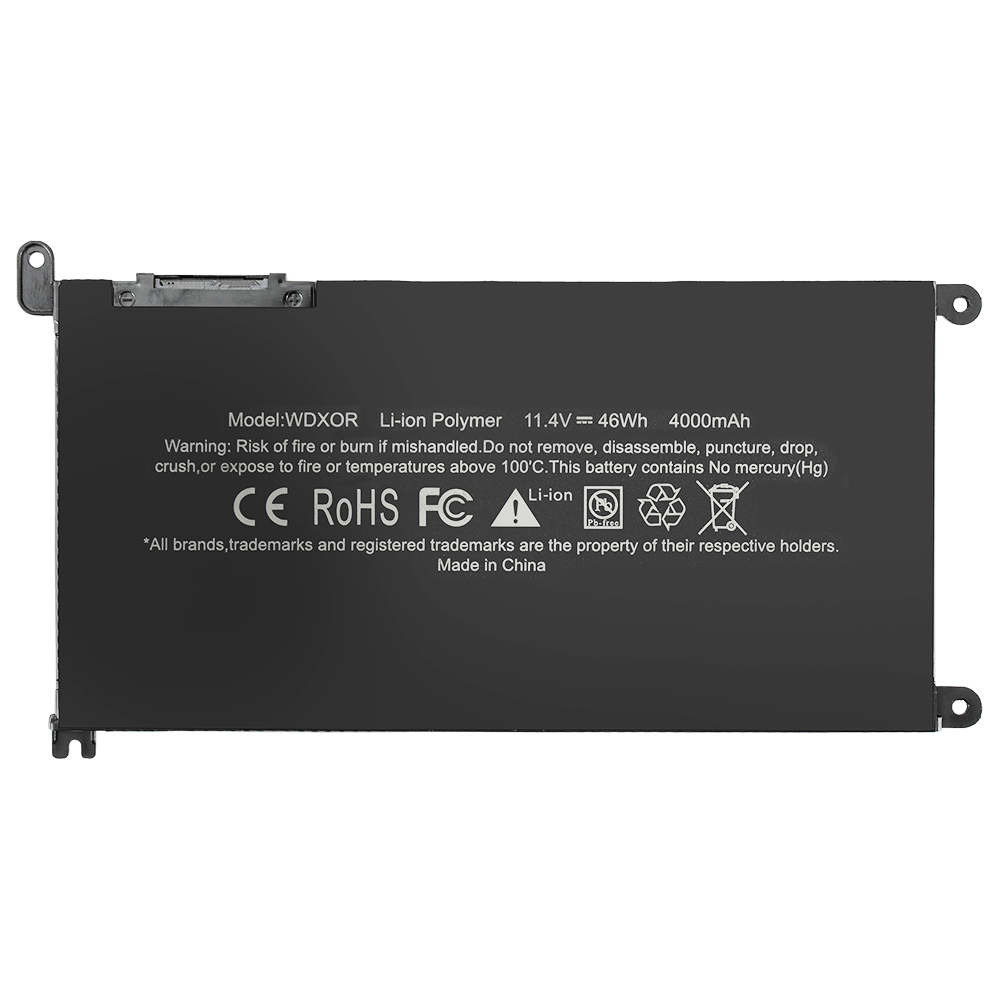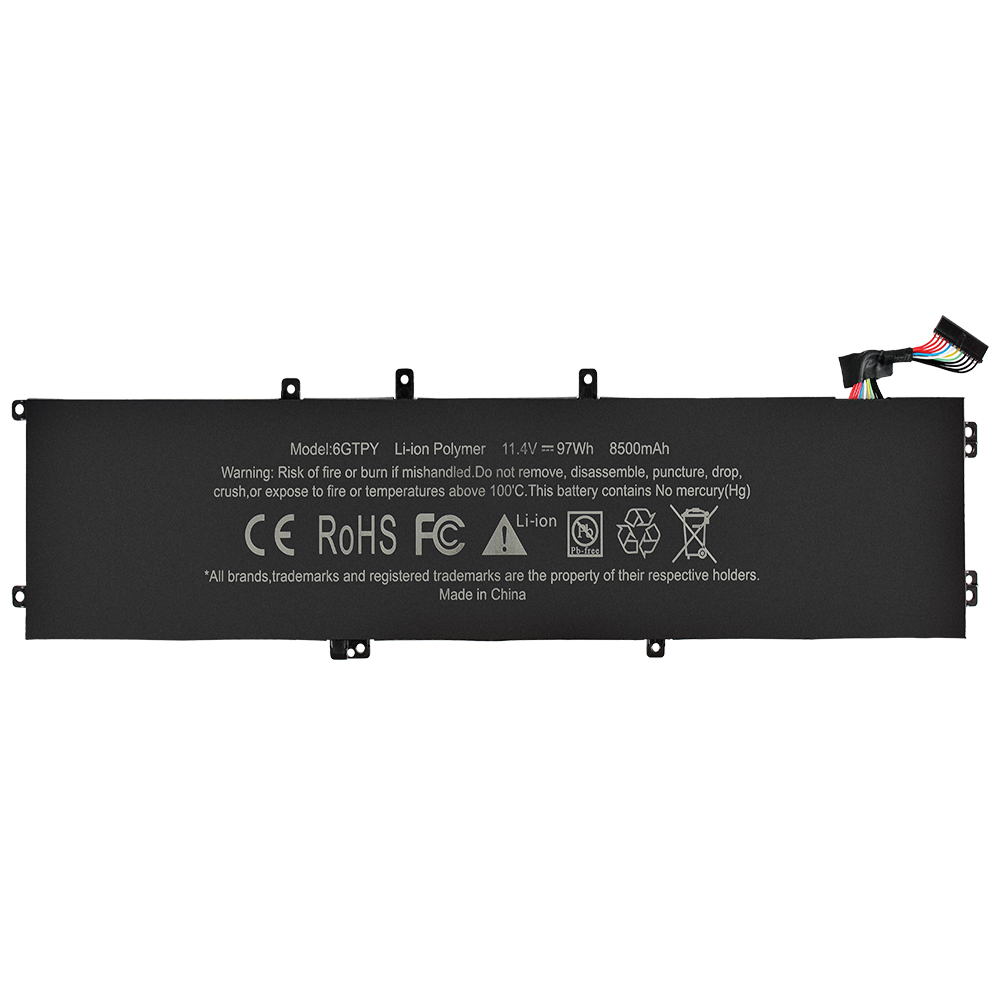-
Longshan 5th Rd, Xingsheng County,Longgang Street, Shenzhen
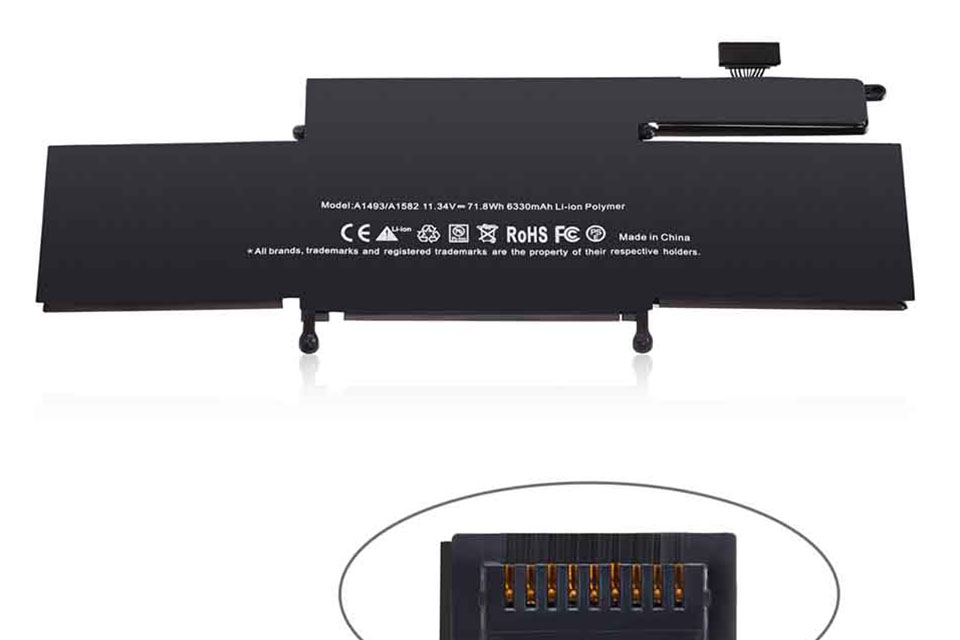
Should I remove the laptop battery if always plugged in?
Do you maintain your laptop computer connected in regularly? You might have listened to that you ought to obtain the battery to make it last much longer. Allow’s learn if that holds true!
Table of Contents
Quick Solution
No, you do not require to eliminate your laptop computer battery when constantly connected in. Modern laptop computers have wise systems that quit billing at 100% to safeguard your battery.
Taking the battery out might aid with:
- Older laptop computers that run warm
- Laptops with convertible batteries that do not have great cost control
- Lasting storage space (greater than 6 months)
Just How Modern Laptop Computer Batteries Job
Laptops make use of lithium-ion batteries These batteries are wise! They do not have the “memory result” that old batteries had.
Fee controllers inside your laptop computer do essential work:
- Quit billing at 100%
- Control warm
- Safeguard the battery
When your laptop computer remains connected in, the battery voltage is thoroughly taken care of. The power mainly ranges from the wall surface, not the battery.
Threats of Leaving Your Laptop Computer Connected In
While modern-day laptop computers are wise, some dangers still exist:
| Danger | What Occurs | Why It Issues |
|---|---|---|
| Warm Build-up | Battery fumes throughout hefty jobs while billing | Warm is the # 1 root cause of battery damages |
| Voltage Stress And Anxiety | Remaining At 100% cost places stress on cells | Lowers battery life by 20% annually vs. 4% at 40-60% cost |
| Unusual Swelling | Battery might bloat if faulty or getting too hot | Calls for prompt substitute for security |
When Eliminating the Battery May Aid
Obtaining your battery can assist in these instances:
- Old laptop computers ( made prior to 2015) without great cost administration
- Laptop computers that obtain extremely warm throughout hefty pc gaming or video clip modifying
- When saving a laptop computer for months without usage
- If your battery is currently puffy or harmed
An or various other laptop computer with conveniently detachable battery might profit greater than sealed-battery versions.
Much Better Alternatives to Eliminating the Battery
Rather than securing the battery, attempt these far better alternatives:
- Usage charge-limiting software application:
- Windows: Battery Limit Administration (caps at 80%)
- MacOS: Battery Health And Wellness Administration
- Lenovo ThinkPad customers: Vantage or Commercial Vantage device
- ASUS: MyASUS application with battery health and wellness alternatives
- Maintain your laptop computer cool:
- Utilize an air conditioning pad
- Tidy air vents consistently
- Keep tough surface areas (not coverings)
- Partial discharge cycles:
- Allow battery decrease to 20-30% in some cases
- This assists maintain the battery scale exact
What Producers Claim
Large laptop computer manufacturers have clear guidance:
- Dell and HP: Usage software application setups rather than getting rid of the battery
- Apple: Modern MacBooks take care of battery life via software application
- Lenovo: ThinkPad customers ought to make use of Preservation Setting
- ASUS: Battery Wellness Billing restrictions credit 60-80%
Safety and security note: Never ever attempt to eliminate non-removable batteries! This can trigger: - Fire danger
- Damages to your laptop computer
- Loss of service warranty
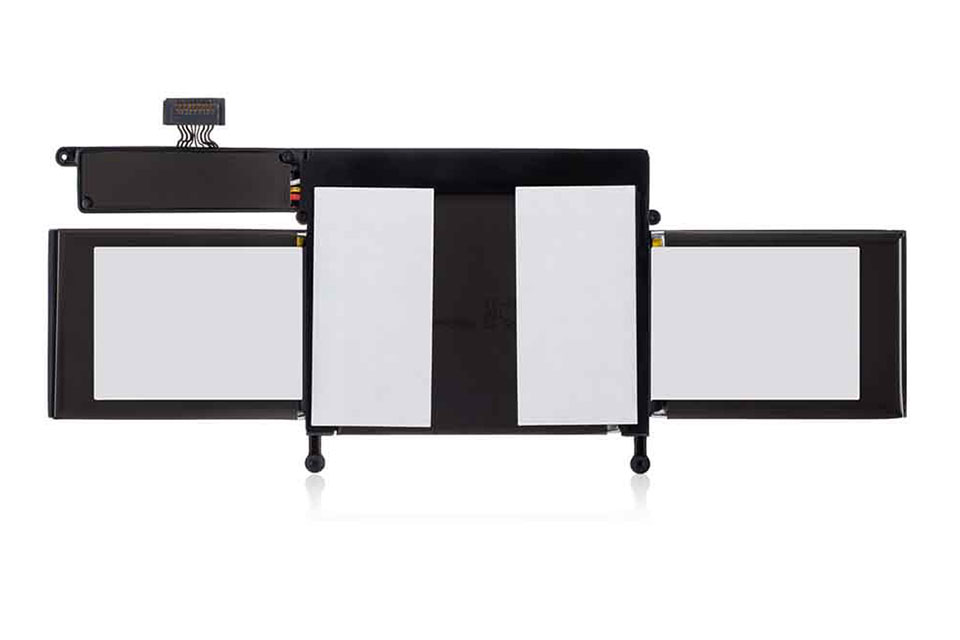
Just How to Securely Shop an Eliminated Battery
If you do eliminate your laptop battery for storage space:
- Bill it to 40-60% initial (not complete, not vacant)
- Maintain it in a trendy, completely dry area ( area temperature level is finest)
- Examine and reenergize it to 40-60% every 3-6 months
- Shop far from steel things
Secret Realities Concerning Batteries When Connected In
Right here’s what research study informs us regarding always-plugged-in laptop computers:
| Searching For | Information | What To Do |
|---|---|---|
| Modern laptop computers quit billing at 100% | ” Batteries return to billing just when voltage goes down listed below a limit” | No demand to disconnect when complete |
| Warm problems batteries most | Overheating reasons fastest deterioration, specifically when connected in | Usage air conditioning pad; restriction crediting 80% |
| Partial billing prolongs life | 80% cost restriction lowers aging by 2-4x contrasted to 100% | Usage battery administration software application |
| Maker standards prevent elimination | Many laptop computer manufacturers discourage battery elimination | Comply with brand name suggestions |
| 40-60% is best for storage space | Saving at this degree triggers just 4% capability loss annually vs. 20% at complete cost | Constantly shop partly billed |
Inquiries Individuals Ask
u003cstrongu003eDoes removing the battery extend its life?u003c/strongu003e
Not usually. Modern battery management tools work better than removal.u003cbru003e
u003cstrongu003eCan I leave my laptop plugged in 24/7?u003c/strongu003e
Yes, but use software to cap charging at 80% for best battery health.
u003cstrongu003eIs a swollen battery dangerous?u003c/strongu003e
Yes! Replace it right away. Never keep using a puffy battery.
u003cstrongu003eWill my battery die if always plugged in?u003c/strongu003e
It will age faster if always kept at 100%, but won’t suddenly die.
Last Judgment
Maintain the battery in your laptop computer also when constantly connected in. Usage software application devices to restrict crediting 80% for finest life. Just eliminate the battery if:
- Your laptop computer has simple battery elimination
- It runs extremely warm throughout usage
- You’ll save it extra for lots of months
- The battery is harmed
For gaming laptops that obtain extremely warm, battery elimination may assist if warm is severe. Or else, great air conditioning and cost restrictions function much better.
Bear in mind: A battery that remains also warm or constantly at 100% cost will certainly mature quicker. Maintain it trendy and make use of wise billing setups for finest outcomes!

